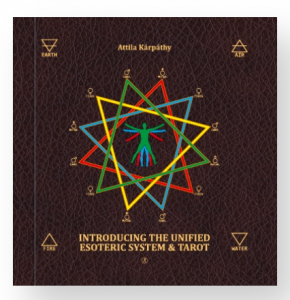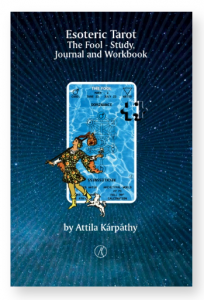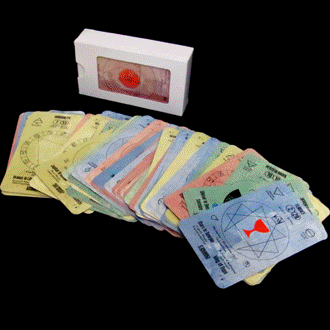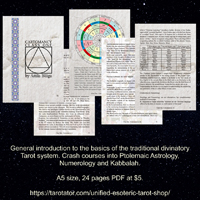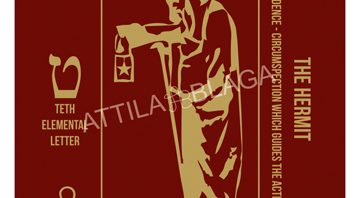
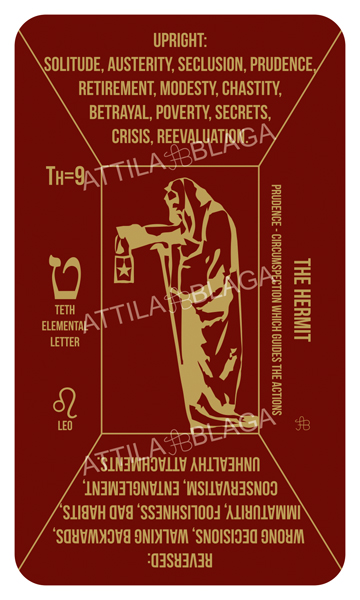 Fortune-telling interpretation:
Fortune-telling interpretation:
Upright: betrayal, dissimulation, hypocrisy, a traitor, a crafty, corruptor, seducer. Trap, imposture.
Reversed: solitary, anchorite, occult, disguised, misguided. Politician, smart, sneaky person.
Divination:
Leo was one of the earliest recognised constellations, with archaeological evidence that the Mesopotamians had a similar constellation as early as 4000 BCE. The Persians called Leo Ser or Shir; the Turks, Artan; the Syrians, Aryo; the Jews, Arye; the Indians, Simha, all meaning “lion”.
In Babylonian astronomy, the constellation was called UR.GU.LA, the “Great Lion”.
In Greek mythology, Leo was identified as the Nemean Lion which was killed by Heracles – Hercules to the Romans – during the first of his twelve labours.
Upright: strength, sincerity, generosity, spontaneousness, romantic, passion.
Reversed: arrogance, laziness, intolerance, possessiveness, authoritarism.
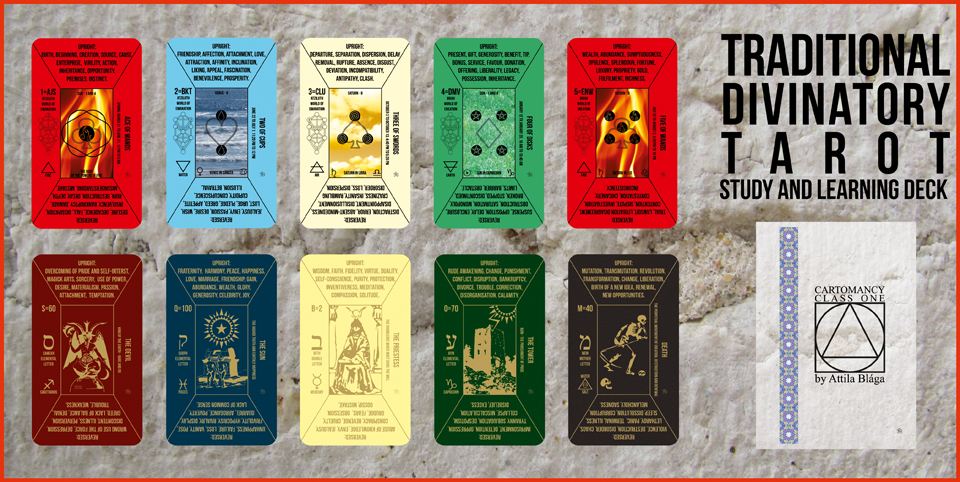

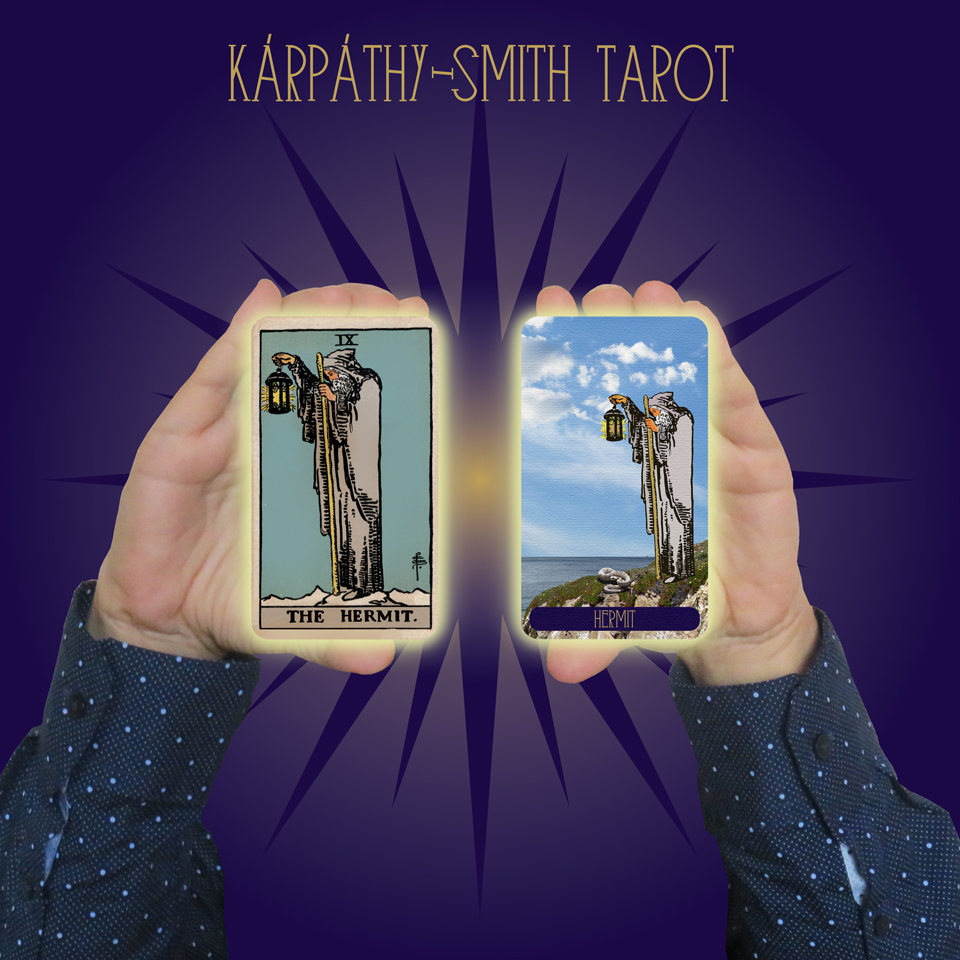


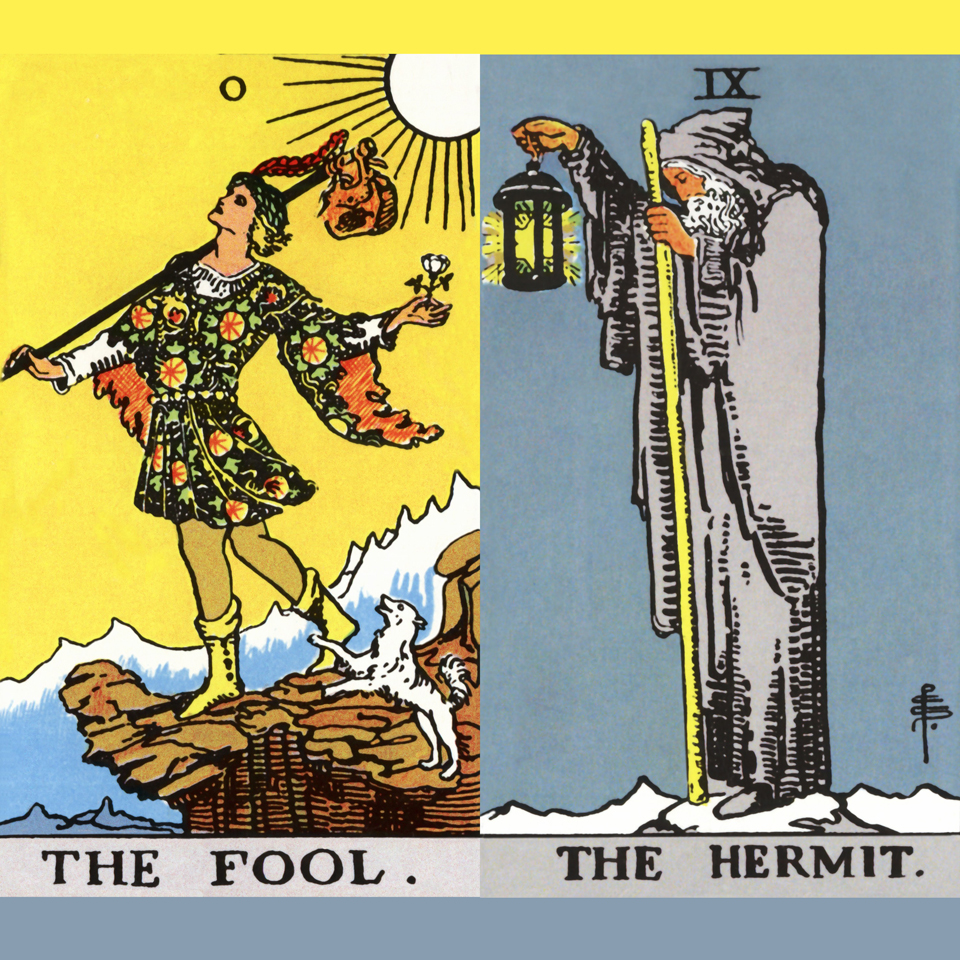

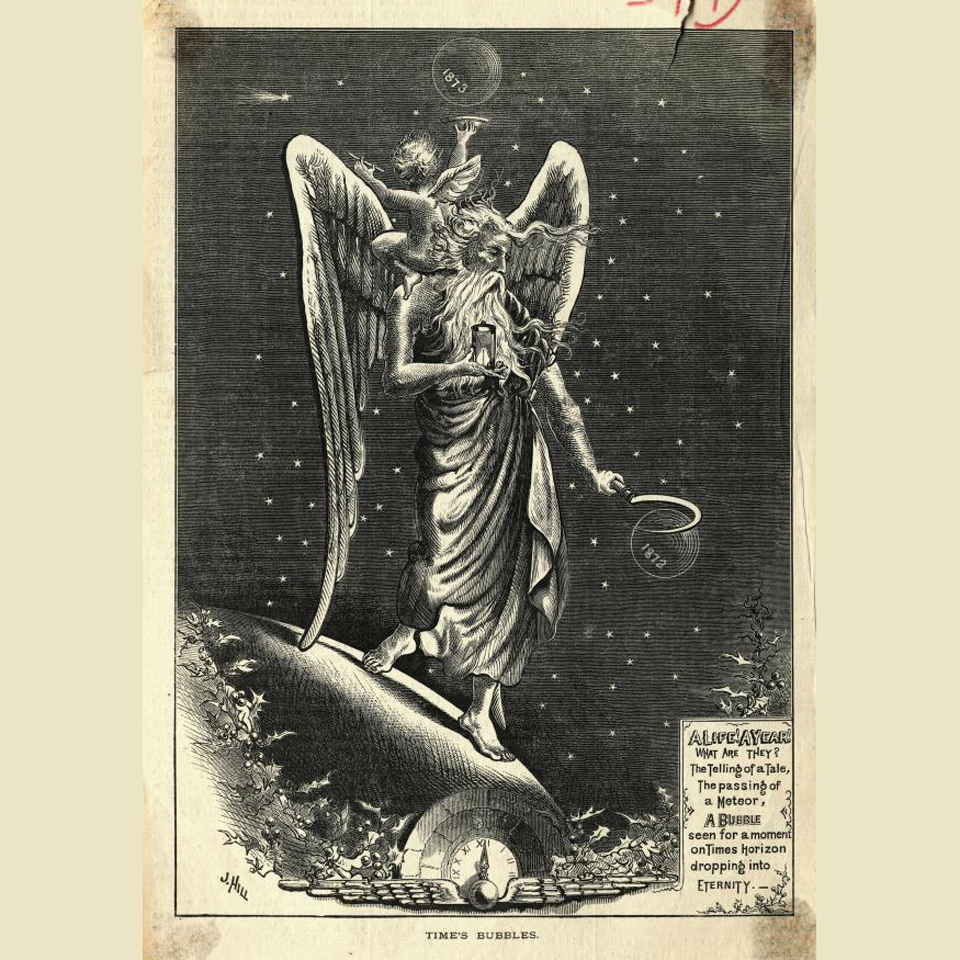

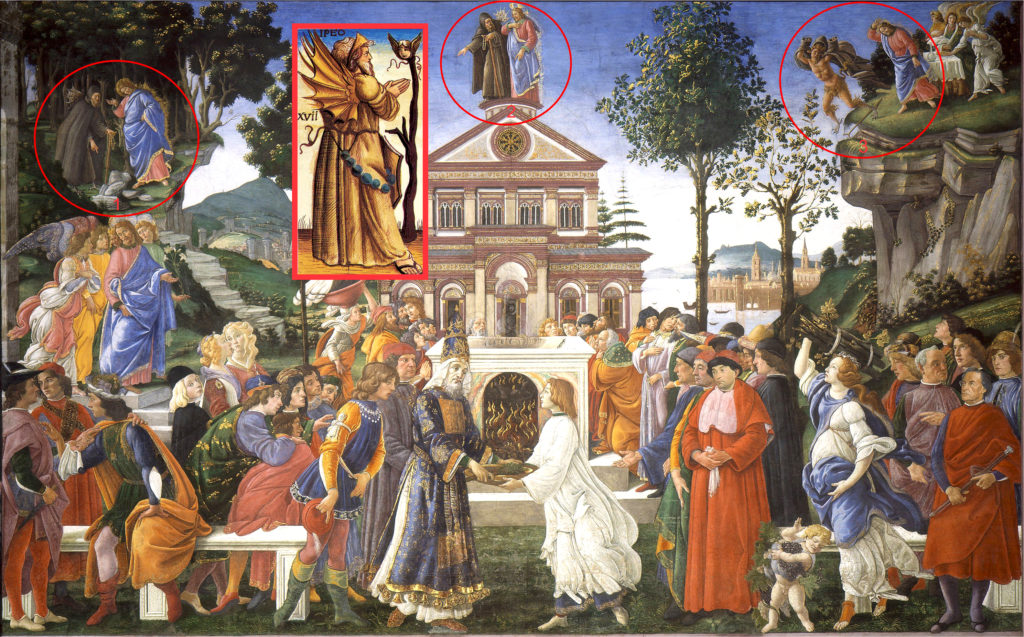


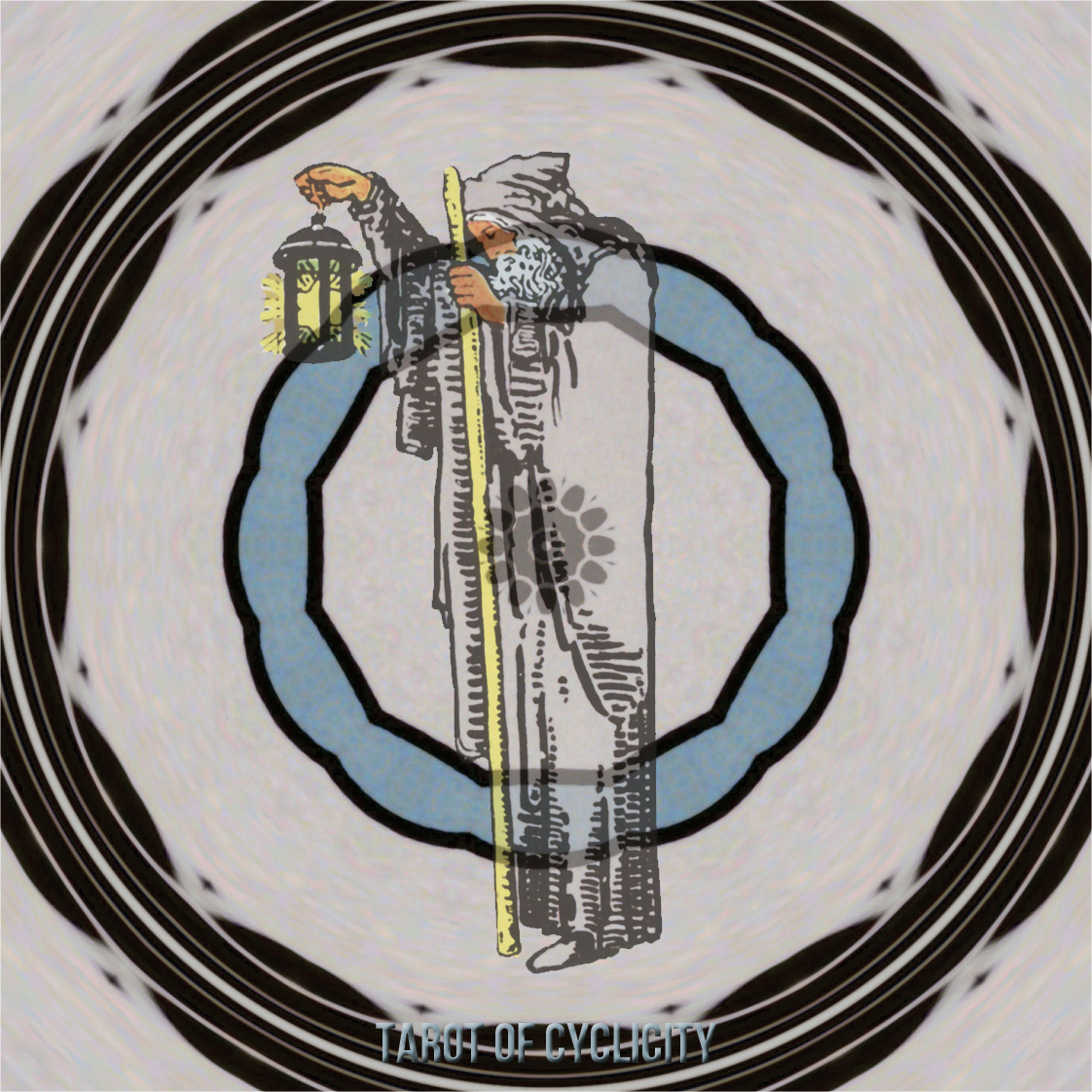

 Fortune-telling interpretation:
Fortune-telling interpretation:
